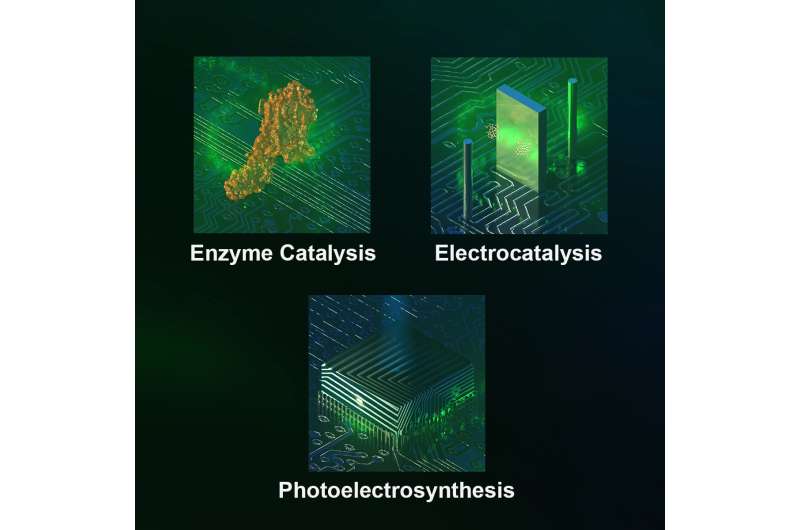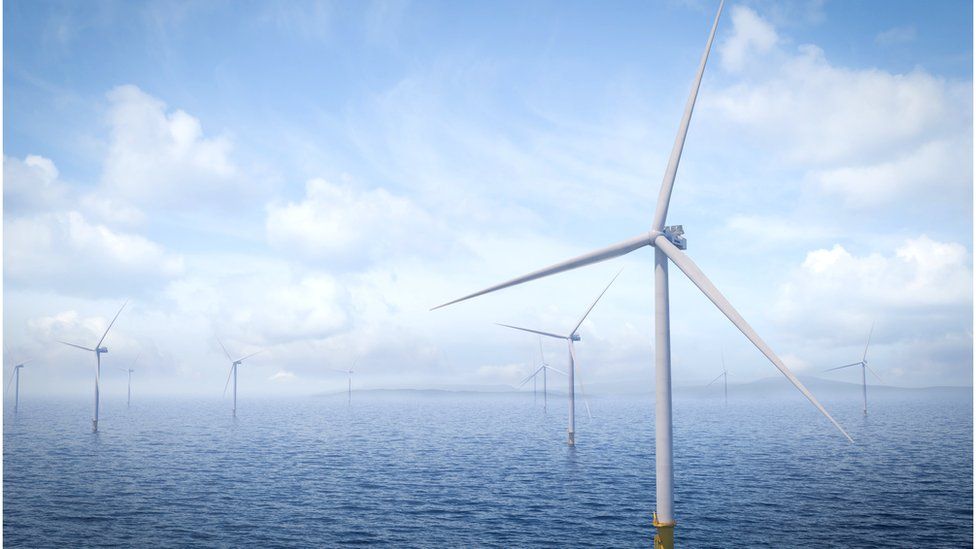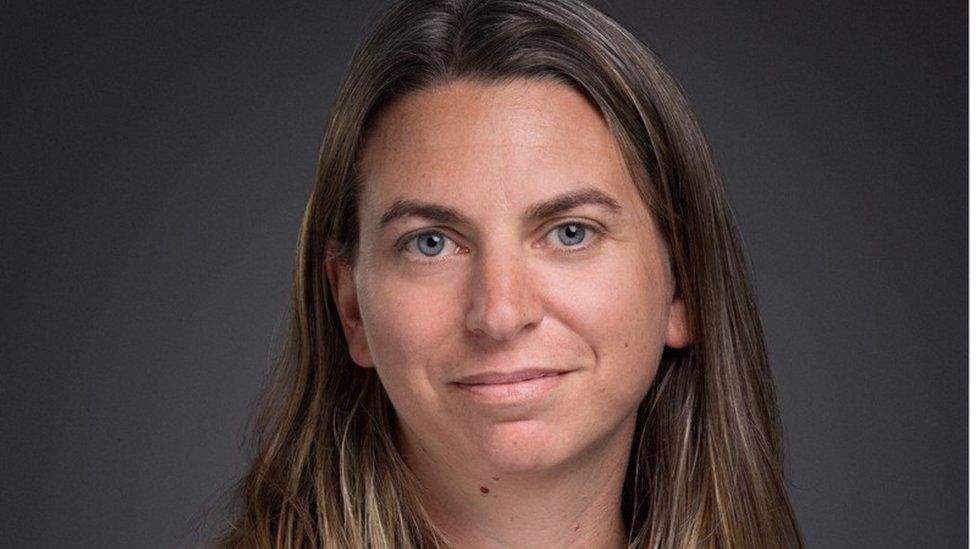British Columbia
Cannabis has been legal almost 3 years, yet retailers say banks are shutting them out
Industry experts say stigma continues to hold the industry back
Nearly three years after Canada legalized cannabis, many retailers in B.C. say they still struggle to find access to basic financial services from banks.
International pressure and decades of stigma around cannabis still plague the fledgling industry, forcing shop owners to dig into their savings to open their small businesses and limiting the sector's growth, industry experts told CBC News.
Charles Varabioff, owner of Kingsway Cannabis in Vancouver, says finding a bank to take on his business account was next to impossible.
"I tried every single one of them. And every one [of the banks] was, 'No, no, no, no, no,'" he said.
Branch managers would tell him the cannabis industry is too high risk, said Varabioff, who also owns a shop in Grand Forks, B.C.
"High risk? It's no more high risk than a casino, a bar, or a restaurant," he said. "We're legal, licensed [and] regulated by the city and the government. Canadian banking needs to get on board with this industry."
Most cannabis retailers unable to get chequing accounts
The Association of Canadian Cannabis Retailers (ACCRES) says 50 of its 52 members in B.C. have been denied access at traditional banks, and have turned to local credit unions instead.
"We're not even talking about loans or credit cards," said Jaclynn Pehota, executive director of ACCRES.
"We're talking about very basic financial services like a chequing account. My members are still struggling, three years post-cannabis legalization in Canada."
She said only two of her members in B.C. were able to access banking services with a traditional bank and that was due to their longstanding business relationships with the bank while operating in other industries.
"Even those folks were shocked by the treatment they received when they went into those institutions," Pehota said. "Having a conversation about a company that has the same director, same makeup, it's a legal product, same regulatory framework — and when they come in with a cannabis business the bank goes, 'Whoa, whoa, whoa,'" she said.
Across B.C., there are 400 legal cannabis retailers. Pehota believes there would be more if cannabis retailers could access financial support from banking institutions.
And this issue isn't isolated to B.C. Nationally, 95 per cent of the cannabis businesses it represents in Canada are affected by this issue, according to Pehota.
Cannabis hesitancy
Many of Canada's national banks also operate internationally. And although the retail of cannabis is legal in Canada, it's still illegal in many other countries.
Pehota believes the stigma of the industry — especially as it's viewed by international markets — has forced many Canadian banks to steer clear of the sector.
"Banks with American exposure specifically are very challenged by this particular file," she said.
"I think we can't underestimate the impact of the stigma. We're talking about 80 years of prohibitionist rhetoric that has been very prominent in society."
Some states have legalized the recreational use of cannabis, but most have not.
As well, she said, Canada is comparatively progressive in how it views the cannabis industry. Many international markets see the industry through a far more conservative lens.
Mike Schilling, president and CEO of Community Savings, agrees. His credit union represents more than 50 cannabis retailers in B.C.
"The banks are afraid of the extraterritorial reach of U.S. laws and this makes it more difficult for them," he said.
The cannabis retail sector is a fledgling industry with high regulatory oversight. Schilling believes traditional banks might see it as more work than it's worth.
"There's a lot of checks and balances we need to do," he said. "And I think the banks have made an economic decision that there is no big profit in this."
He said the shadow of prohibition still looms large over the industry, but thinks much of the fear is misplaced because the industry is largely populated by small business owners who are providing a service their community wants.
"If you wanted to launder money, which is probably the key concern, you could do that through a florist or a bakery," said Schilling. "The last place I would do it is through a cannabis retailer because that's what everybody's looking at."
CBC News reached out to all of Canada's major national banks to better understand the hesitancy.
In a statement, Royal Bank of Canada said that "with an evolving legal landscape for cannabis globally, RBC continues to evaluate business relationships on a case-by-case basis, taking into consideration a number of factors to ensure compliance with laws and our internal risk parameters."
CIBC provide a similar response.
"We support emerging Canadian industries and seek to offer clients the best products and services to suit their needs. For the cannabis sector, we review opportunities on a case-by-case basis," it said.
Untapped potential of the sector
Pehota said cannabis retailers are being frozen out by banks and that is putting undue burden on the new industry and its small business owners.
She says owners are having to reach deep into their savings because they can't secure credit cards or small business loans to help launch their storefronts from either banks or credit unions. Varabioff says it's an extra hurdle that many other types of small businesses aren't forced to jump.
He says he has sunk more than $250,000 in personal savings into opening Kingsway Cannabis.
Without the backing of a larger bank, retailers who want to expand their brand outside of the province could face barriers. Credit unions are often local to a province or even a specific community. Pehota says it can create logistical difficulties when an institution doesn't have a national presence.
Overall, she says the hesitancy of national banking institutions is shortsighted, adding they're failing to see the potential economic opportunity created by legalization.
"It is B.C.'s sector to own," she said. "It has incredible potential to lift up all British Columbians and it's a real shame to me that we haven't seen banks recognize that fact and support this sector," she said.
















.jpg?ext=.jpg) A cutaway of an EPR reactor (Image: EDF Energy)
A cutaway of an EPR reactor (Image: EDF Energy).jpg?ext=.jpg) Emmanuel Macron sets out his France 2030 vision at the Elysee Palace, yesterday (Image: Elysee)
Emmanuel Macron sets out his France 2030 vision at the Elysee Palace, yesterday (Image: Elysee)

